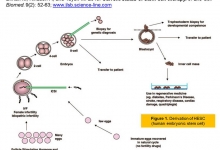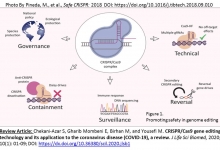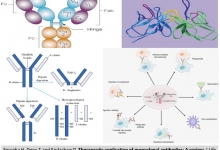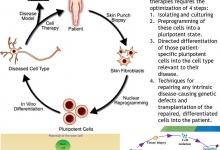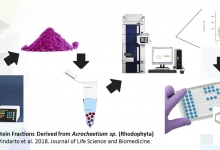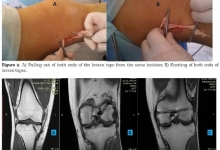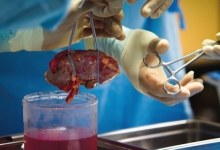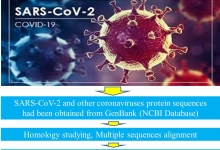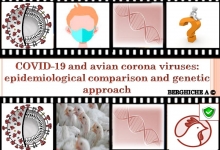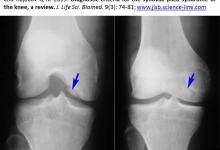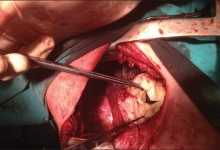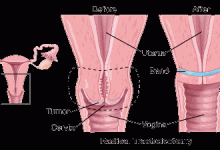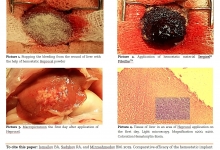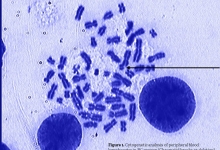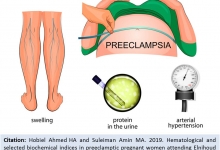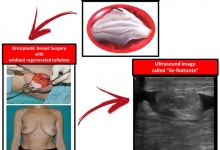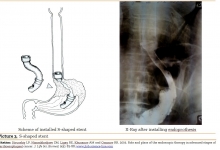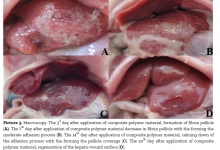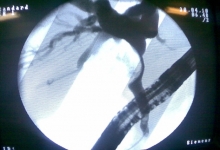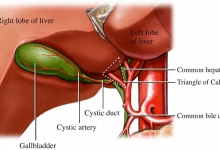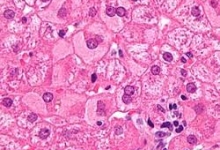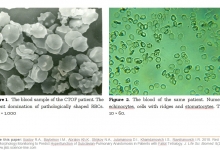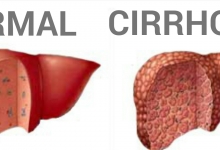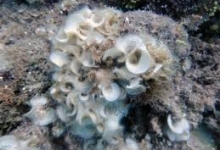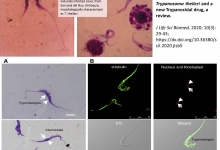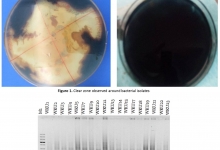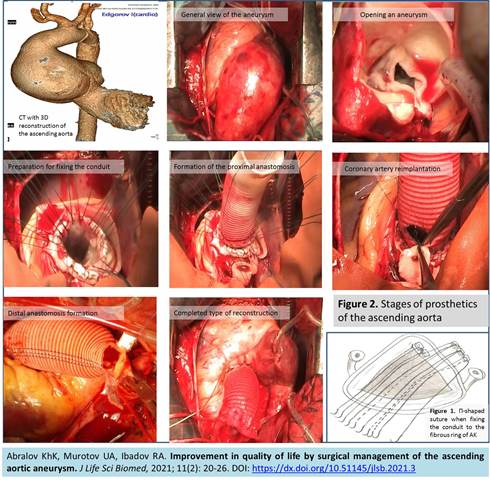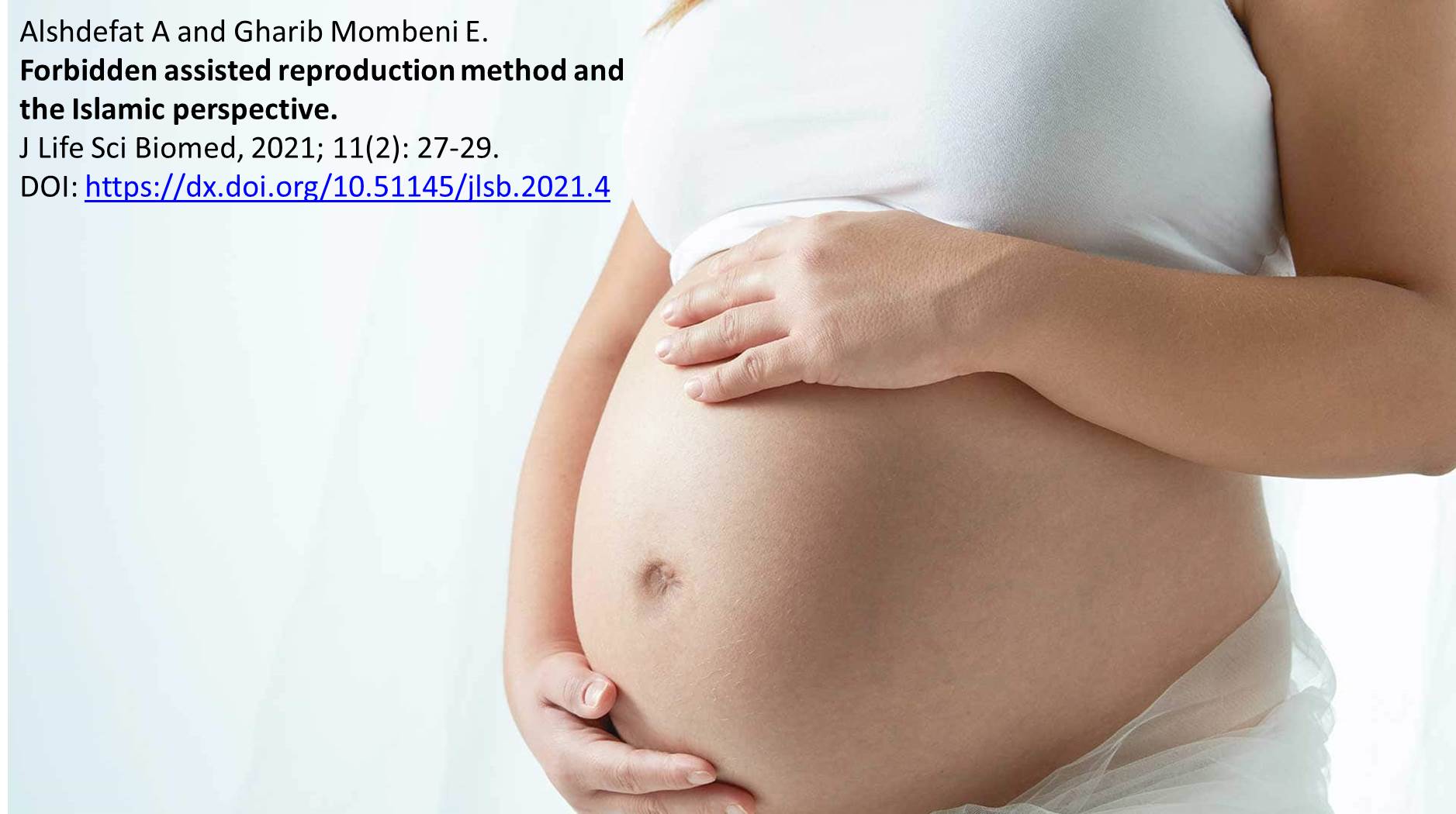Previous issue | Next issue | Archive
![]() Volume 11 (2); March 25, 2021 [Booklet]
Volume 11 (2); March 25, 2021 [Booklet]
Improvement in quality of life by surgical management of the ascending aortic aneurysm
| Improvement in quality of life by surgical management of the ascending aortic aneurysm |
Abralov KhK, Murotov UA, Ibadov RA.
J. Life Sci. Biomed., 11(2): 20-26, 2021; pii:S225199392100003-11
DOI: https://dx.doi.org/10.51145/jlsb.2021.3
Abstract
Aim. The article presents an analysis of the surgical treatment results in 98 patients with ascending aorta aneurysm (AAA), divided into two groups depending on the method of prosthetics. Methods. The main group included 71 patients who underwent surgery according to the modified Bentall-De Bono procedure and the comparison group consisted of 27 patients who underwent surgery according to the standard method. Results. Results of studies have shown that the proposed option for fixing the conduit made it possible to level the need for additional reinforcing sutures on the anastomosis line (from 48.1% with the classical Bentall-De Bono technique; P<0.001), while the quality of the tightness of the anastomosis zone provided a decrease in the risk of postoperative bleeding with 33.3% to 4.2% (P<0.001). In both groups, after surgery, there was an equal tendency to improve echocardiographic parameters. Conclusion. In general, a comparative analysis of immediate results showed a decrease in the overall incidence of postoperative complications when using the proposed variant of conduit fixation from 37.0% to 9.9% (P=0.002), which made it possible to reduce the overall mortality rate from 22.2% to 5.6% (P=0.016).
Keywords: Congenital heart diseases, Ascending aortic aneurysm, Surgical treatment, Quality of life
[Full text-PDF] [XML] [ePub] [Export citation to BibTeX, RIS & EndNote] [How to Cite] [Semantic Scholar] [Dimensions ID]
Forbidden assisted reproduction method and the Islamic perspective
| Forbidden assisted reproduction method and the Islamic perspective |
Alshdefat A and Gharib Mombeni E.
J. Life Sci. Biomed., 11(2): 27-29, 2021; pii:S225199392100004-11
DOI: https://dx.doi.org/10.51145/jlsb.2021.4
Abstract
Introduction. Assisted reproductive methods are used widely around the world to cure various kinds of infertility. These technologies had not been applied in the Islamic world for decades due to Islamic teachings do not approve these methods. However, nowadays, studying for infertility cure in Islam is allowed and promoted. Against the individual's thoughts that Islam laws are restricted on assisted reproductive cure, Islam ethics are liberal. Due to Islamic laws, all assisted reproductive technologies (ARTs) are acceptable, under the following conditions; the sperm, ovum, and uterus come from a legally married couple during their marriage period. Aim. In this survey, a brief editorial on surrogacy from an Islamic perspective is scrutinized.
Keywords: Assisted reproduction method, Surrogacy, Islamic perspective
[Full text-PDF] [XML] [ePub] [Export citation to BibTeX, RIS & EndNote] [How to Cite] [Semantic Scholar] [Dimensions ID]


